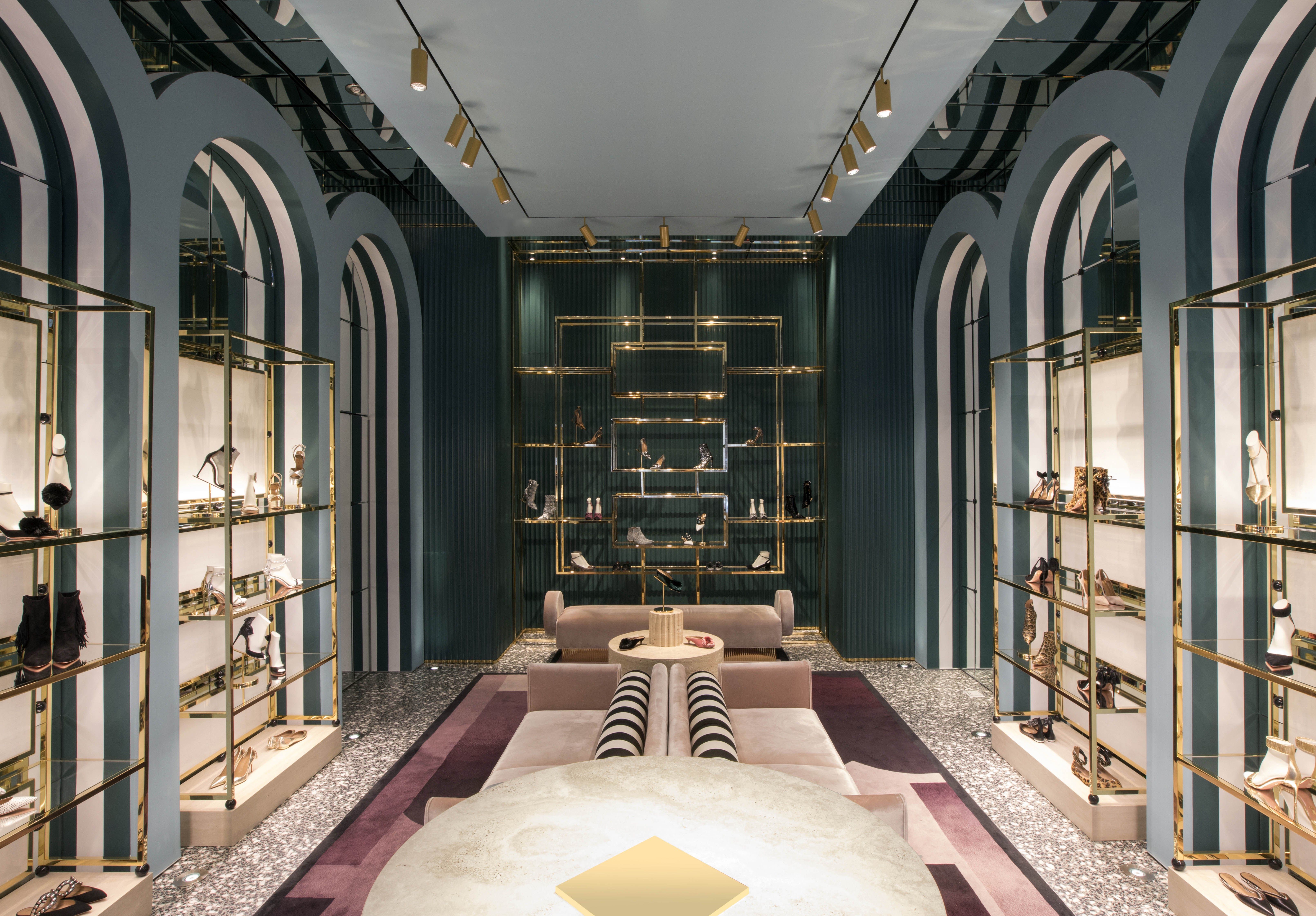Checking out the World of Lasting Boutique Fashion Brands
Checking out the World of Lasting Boutique Fashion Brands
Blog Article
Exploring the Development and Effect of Garments on Modern Style Trends
The development of clothes has dramatically influenced modern-day fashion patterns, combining historical precedents with sophisticated innovations. Legendary numbers like Coco Chanel and Yves Saint Laurent changed the fashion business by introducing ideas that focus on comfort and access, which proceed to reverberate today. Technical strides in locations such as 3D printing and smart textiles are redefining design possibilities and consumer experiences (boutique fashion). Additionally, the expanding emphasis on inclusivity and sustainability is improving industry standards. As we think about these multifaceted influences, one have to question exactly how these aspects jointly redefine style's function in showing and forming contemporary society.
Historical Fashion Influencers
In the tapestry of fashion background, specific numbers have actually left an enduring mark, forming the trends and designs that define whole eras. Coco Chanel, a cutting edge designer, redefined females's style by introducing comfortable, elegant apparel that left from restrictive bodices. Her legendary Chanel match and little black gown have become ageless staples in closets worldwide. Likewise, Christian Dior's post-war "Face-lift" in 1947, with its event of femininity with complete skirts and cinched midsections, noted a return to luxury and has actually continued to affect designers.
Elsa Schiaparelli is one more crucial number, renowned for her progressive designs that incorporated surrealist art, teaming up with Salvador Dalí to create whimsical pieces that challenged standard looks. Her ingenious usage of shade and bold patterns resounds in modern fashion. Yves Saint Laurent, on the other hand, democratized haute couture with prêt-à-porter collections, bringing runway styles to the masses and setting a criterion for modern ready-to-wear lines.
These visionaries, to name a few, not only reinvented fashion in their times but likewise established withstanding trends that reverberate in today's apparel industry, supplying a foundation upon which modern-day developers remain to construct and innovate. Their legacies highlight the importance of creativity and bold in vogue's ever-evolving story.
Technical Advancements in vogue
Amidst the dynamic landscape of the apparel industry, technical improvements stand at the forefront of technology, improving how designers develop and customers involve with fashion. The assimilation of 3D printing has revolutionized layout processes, allowing designers to trying out complicated structures and lasting materials that were formerly unthinkable. This innovation helps with quick prototyping, minimizing waste and speeding up production times.

Smart textiles, installing modern technology right into materials, are also changing the industry. Innovations like self-cleaning and temperature-regulating fabrics supply boosted functionality and comfort. Wearable technology, integrating attributes like fitness monitoring and interaction, adds a brand-new measurement to fashion, merging appearances with functionality.
Social Changes and Design
As technological improvements proceed to reshape the apparel industry, social shifts are similarly significant, redefining design and consumer choices. In recent times, the rise of social networks systems has actually sped up the dissemination of global fashion trends, allowing diverse social influences to exist together and converge. This digital interconnectivity has helped with the fast exchange of concepts, resulting in a more diverse and comprehensive interpretation of style that mirrors the diverse nature of modern society.
Cultural awareness and appreciation have triggered designers to draw motivation from a wider spectrum of ethnic and historical contexts, integrating standard themes with contemporary looks. This fusion has actually led to fashion that reverberates with a bigger audience, advertising a sense of identity and belonging across different demographics. In addition, the enhancing demand for personalization has driven brand names to use customizable choices, enabling customers to share originality while showing their social heritage.
Additionally, shifting social worths have actually affected fashion, with inclusivity and diversity becoming main styles. The industry has begun to welcome versions and influencers of different type of body, ethnic cultures, and sex identifications, challenging conventional elegance criteria. This makeover underscores the power of social shifts in forming the future of style, as design becomes an extra genuine expression of individual and collective identity.
Sustainability and Modern Layout
While the fashion business remains to evolve, the necessary for sustainability has actually come to be progressively urgent, affecting modern design practices. This shift aims to resolve moral considerations and ecological concerns, resulting in a reevaluation of standard manufacturing approaches. Developers are now integrating lasting products, such as organic cotton, recycled polyester, and naturally degradable fabrics, into their collections, reducing the ecological footprint of style. The increase of slow-moving style, which stresses top quality over amount, motivates customers to spend in classic pieces instead of transient fads.
In addition, modern-day layout is identified by its innovation in lessening waste and promoting circularity. This approach not just alleviates ecological impact however likewise boosts the social obligation of fashion look at this now residences.

Future Trends in vogue

Sustainability will remain to be a driving force in shaping future style trends. The market is increasingly taking on green products and moral manufacturing methods, reacting to an expanding customer need for responsible techniques. Technologies such as bio-fabricated products and closed-loop recycling systems are established to redefine just how garments is generated and consumed, decreasing ecological effect while preserving design and quality.
Social shifts, including the surge of inclusivity and diversity, will certainly additionally play an essential function. As society ends up being more knowledgeable about social issues, style is expected to become a platform for expression and modification. Designers will likely concentrate on creating collections that show a broader variety of experiences and identities, championing representation and availability.
Final Thought
The development of clothing considerably affects modern-day style fads, where historic impacts merge with modern layouts. This continuous evolution underscores style's function as a mirror to social worths and technological innovation, suggesting a future rich with innovation and inclusivity.
The development of useful site clothing has actually dramatically influenced modern style trends, combining historical criteria with advanced technologies.Among the dynamic landscape of the style sector, technical improvements stand at the forefront of advancement, improving exactly how developers develop and customers engage with style.While the fashion industry proceeds to evolve, the important for sustainability has ended up being increasingly urgent, affecting modern layout techniques. As sustainability comes to be ingrained in modern style, it leads the way for a much more accountable and conscious fashion market.
The development of clothes considerably influences modern fashion fads, where historic influences combine with modern designs.
Report this page